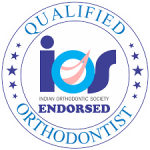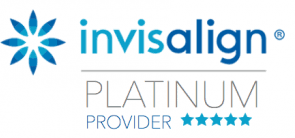- For Appointments :
- 85083 46666
- 85083 56666
- 044 42180666
- Mon - Sat: 10:00am – 8:00pm
- Sunday : Closed

A new treatment that can improve children’s smiles as they grow.
As a child grows, their smile grows with them. And even with baby teeth, it may be the perfect time for children ages 6 to 10 to start orthodontic treatment. This is known as Phase 1 treatment.
The goal of Phase 1 treatment is to develop young jaws and/or arches to make room for existing teeth and for incoming permanent teeth.
Orthodontic treatment is an investment for your child’s future. By scheduling a consultation, Dr. Divya will be happy to discuss the benefits of treatment and the risks with putting off or skipping treatment.
Let’s kids enjoy their childhood
Corrects oral habits such as thumb sucking or tongue thrusting
Prevent Pre-existing bite issues from worsening
Improves the appearance of a growing child’s smile
Makes Phase 2 treatment shorter and easier
Finding orthodontic issues while your child’s teeth are still developing can reduce the length and cost of future interventions. Invisalign first will be beneficial for your child if they show some of these warning signs like tooth misalignment, speech issues, prominent teeth and crowded teeth.
It’s safe to say that children, age’s six to 11, are great candidates for Invisalign First.
With Invisalign First, we have the opportunity to widen the upper arch or even bring the lower jaw in front .Invisalign First is the perfect alternative to fix various Jaw problems.
Few kids might experience temporary, minor discomfort for a few days at the beginning of each new stage of treatment. This is normal and is typically described as a feeling of pressure. It’s a sign that the Invisalign aligners are sequentially moving your teeth to their final positions. This discomfort usually goes away a couple of days after you insert the new aligner in the series.
Phase 2 treatment isn’t always necessary. However Dr. Divya may recommend Phase 2 to correct complex issues such as teeth that haven’t erupted, as well as too many or too few teeth, or a correction to a bite.











